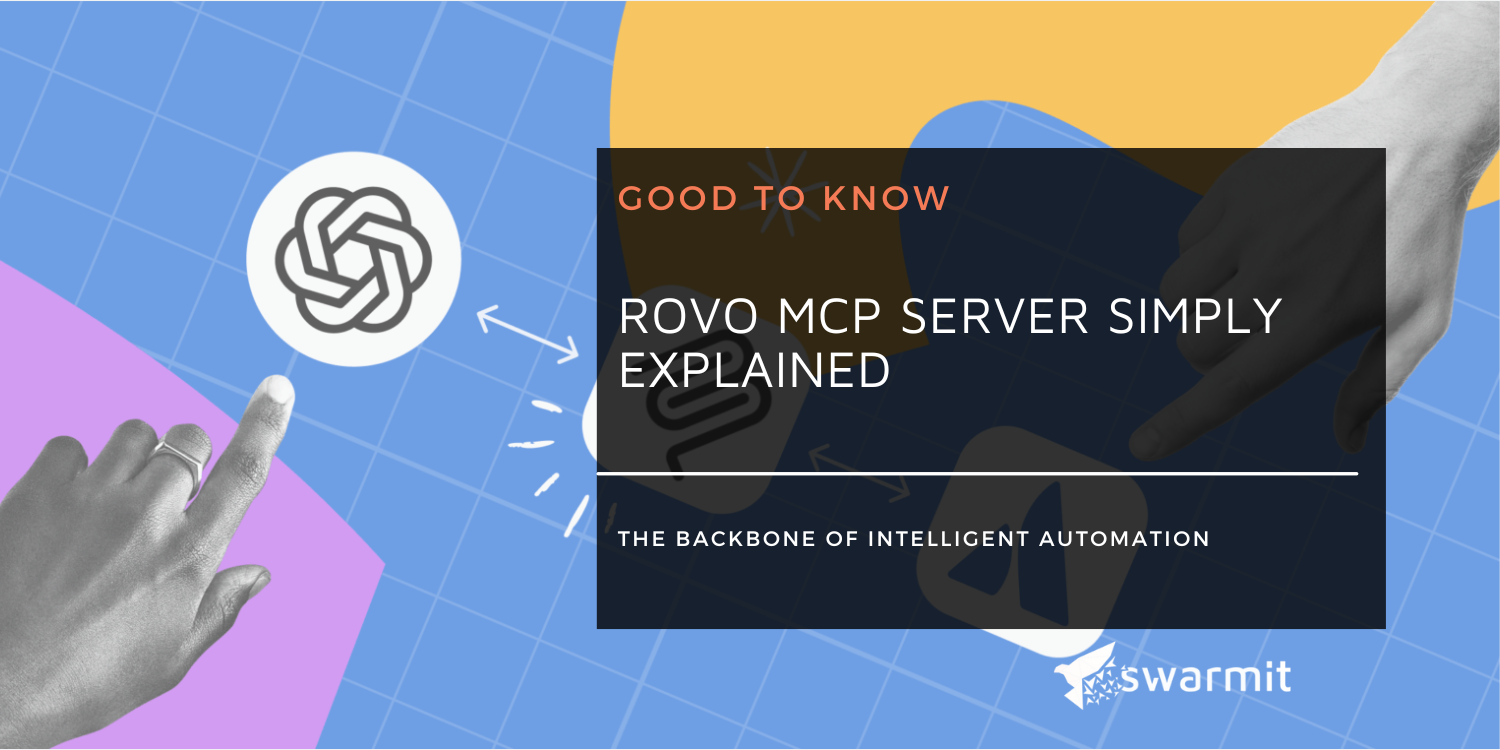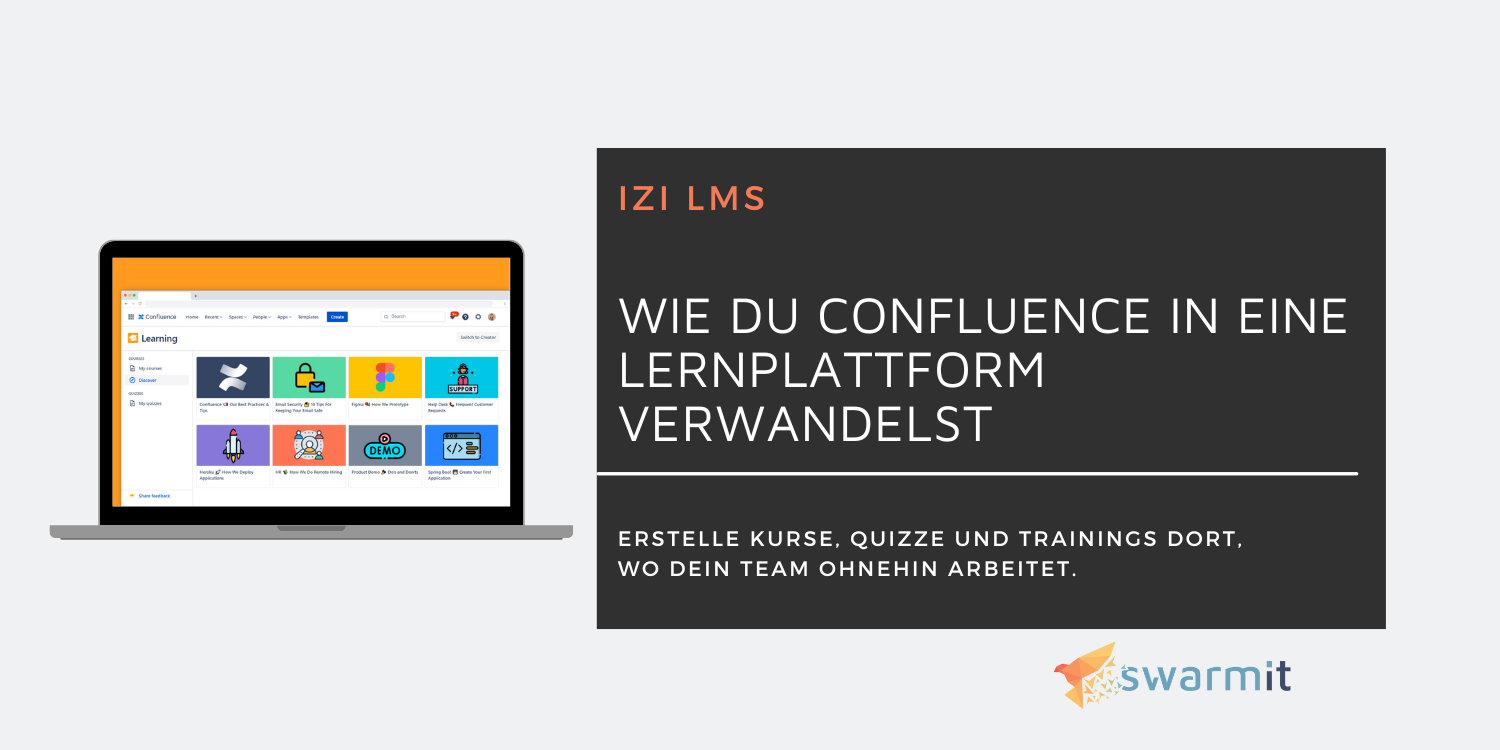Comparison between agile and waterfall methods: advantages and disadvantages
Do you know the difference between agile and waterfall methods? You may have already asked yourself which of the two is probably best for your company.
Don't chase down waterfalls — unless you're looking for a project management approach. The waterfall method is a common framework that teams have been using for years. But that's not the only way to get projects done, and it might not be the best given your team's needs. In this blog, we cover the differences between various agile and waterfall methods and address the respective advantages and disadvantages. We will also present a possible alternative, known as a hybrid method, which may offer certain teams the best of both worlds.

Comparison between agile and waterfall methods
The agile method doesn't have much in common with the waterfall method. In many ways, agility is in particular a response to the limitations of the more common waterfall method. However, each of these two frameworks still has both advantages and disadvantages.
Now let's take a closer look at these two methods.
The waterfall method
Let's start with the waterfall approach, as it's a bit easier to explain. While the idea of a waterfall may seem majestic and bold, the eponymous method is fairly traditional and straightforward.
This model is used to describe the usual project management process, in which a project manager first creates a plan before starting work. The project requirements and tasks are planned in advance and then handed over to a team, which works on one task at a time until the project is finally delivered.
The tasks are completed in the order in which they were set out in the original plan. Waterfall project management is therefore referred to as this because the tasks are completed in sequential order, where you work your way from one task to the next in a cascade, so to speak.
This traditional method is widely used in project management, but it also has its limits. While the rigorous approach allows team members to orient themselves and adapt to their tasks at every stage of the project, it is not very adaptable and may lack input from the team as a whole.
This lack of flexibility has pretty much limited how modern teams work. The waterfall approach makes it more difficult to control the pace of work as needed. A pre-defined plan does not provide sufficient room for change and fails to adapt to the invaluable feedback from stakeholders and customers.
Benefits of the waterfall method
- Clear goals and objectives are set at the beginning.
- The method is based on an uncomplicated structure, which is repeated in every project.
- Team members can easily understand what is expected of them.
- The general pressure on employees is lower.
- Training is easier, especially for new employees.
- The information can easily be forwarded to all team members.
- Since success is measured by progress in completing tasks, employees experience a sense of satisfaction more quickly.
- Budgets can also be forecast more precisely.
- The desired end result of a project is determined from the start, so that the goal is obvious to everyone involved.
Disadvantages of the waterfall method
- The process is not as flexible as an agile approach.
- It is difficult to anticipate obstacles and dependencies that could delay work.
- Work is not always evenly distributed across the entire team.
- It can happen that project overloads occur.
- The ephemeral teams may ignore conflicts to reach the end of the project.
- It is difficult to change the direction or scope of deliverables once a project has begun.
- Customer participation is lower in the course of project or product development.
- Stakeholders may not see progress until the end of the project or when the end product is completed.
- There is no initial test phase to ensure that the project implementation or product creation is carried out correctly.
The agile method
The agile method is an iterative approach that focuses on testing and adapting. In doing so, opinions are obtained at an early stage and stakeholders are involved in order to determine the best possible course of action. The agile approach also creates a plan, but it is flexible, leaving plenty of room for adjustments and possible changes of direction.
As new information arrives, the plan is adjusted accordingly to ensure that the end result meets the needs of both customers and stakeholders. Adaptability plays a major role in the agile method, which is why so many teams have decided to use this approach. The ability to adapt to constantly changing external circumstances is a sought-after talent today, given the pace of change in the areas of technology and economics as well as in global markets.
Benefits of the agile method
- The entire team is involved in planning.
- Feedback is at the heart of the process.
- Both customers and stakeholders are involved.
- When making decisions, the customer experience (customer journey) is paramount.
- The team can adapt as new information arrives.
- Appropriate changes can be made over the course of the project to overcome obstacles or avoid work blockages.
- The capacity (workload) of each team member is continuously assessed to prevent burnout.
- The teams, which are focused on long-term cooperation, can continue to expand their ability to work together.
- The processes are continuously improved in every phase of project implementation or product creation.
- The opinion of all participants, regardless of their role, is sought when it comes to obtaining retrospective feedback.
Disadvantages of the agile method
- The techniques and technical terms underlying the agile approach may be difficult to understand.
- It can take a while for a team to learn the right agile methods.
- Agile teams may not get the support they need from managers and business owners.
- It may also happen that not all team members are convinced of the agile framework, and this can lead to division within the team.
- A lack of required documents could still mean that employees do not understand all the details.
- The budget level is difficult to predict, especially if it turns out that the project/product requires a change of direction.
- The scope of project implementation/product creation could continue to grow (unnoticed volume growth).
- The numerous meetings required by an agile approach take a lot of time.
- It is currently even more difficult to find new employees who have experience with agile methods.
“Agility” is more of an umbrella term that includes various frameworks that incorporate agile practices. Lean, DevOps, Kanban, and Scrum are all different types of agile methods that meet different requirements. For example, the Scrum framework includes repetitive short-term rapid deployments, which are usually implemented by agile software development teams. If you've never heard of the Scrum framework, it might be difficult for you to grasp the whole concept at once. A Scrum assignment lasts two weeks. This starts with deployment planning, with the product owner deciding which upcoming tasks should be prioritized for the next deployment. Based on this, the team works through the specified tasks. The assignment is led by a Scrum leader, who organizes daily stand-up meetings to inform everyone about project/product progress. Finally, at the end of the assignment, an evaluation and a retrospective assessment are carried out to ensure that the team is continuously developing and improving.
The hybrid method
Do you have to commit to an agile or waterfall method? You may be considering whether you could simply combine the advantages of both methods. For some teams, the hybrid agile approach may represent an opportunity to combine the best of both worlds.
In hybrid models, the best techniques from waterfall and agile frameworks are combined. For example, you could start with various agile deployments for prototyping and getting feedback, and then develop a single action plan without agile techniques, which they then implement. This could balance the benefits of both strategies and serve as a springboard for the team to fully transition to an agile method.
A hybrid approach often uses agile project management and other unconventional agile applications. The agile method was originally designed for the software development sector, but teams from all sorts of other industries can also gradually implement procedures from the agile method into their work routines. The agile methods used by software developers do not always work for teams from other areas. Switching to an agile method is often difficult, especially when a team is already used to a different way of working.
An approach that meets your needs
Take time to choose the best approach for your team, company, or company, taking into account the needs of your team, customers and stakeholders. Switching to an agile method is often associated with difficulties. However, if you think that an agile method will have a beneficial effect on your processes and business in the long term, this may be the right time to make a change. A hybrid approach can help you make the transition gradually and without too many disruptions to your current processes.
Ready for agile project management?
Get in touch with us and get support for your Scrum or Kanban projects with Jira Software and other tools to work successfully in an agile way!
This blog was originally written by Easy Agile created.
author Jasmin Iordanidis





.webp)





